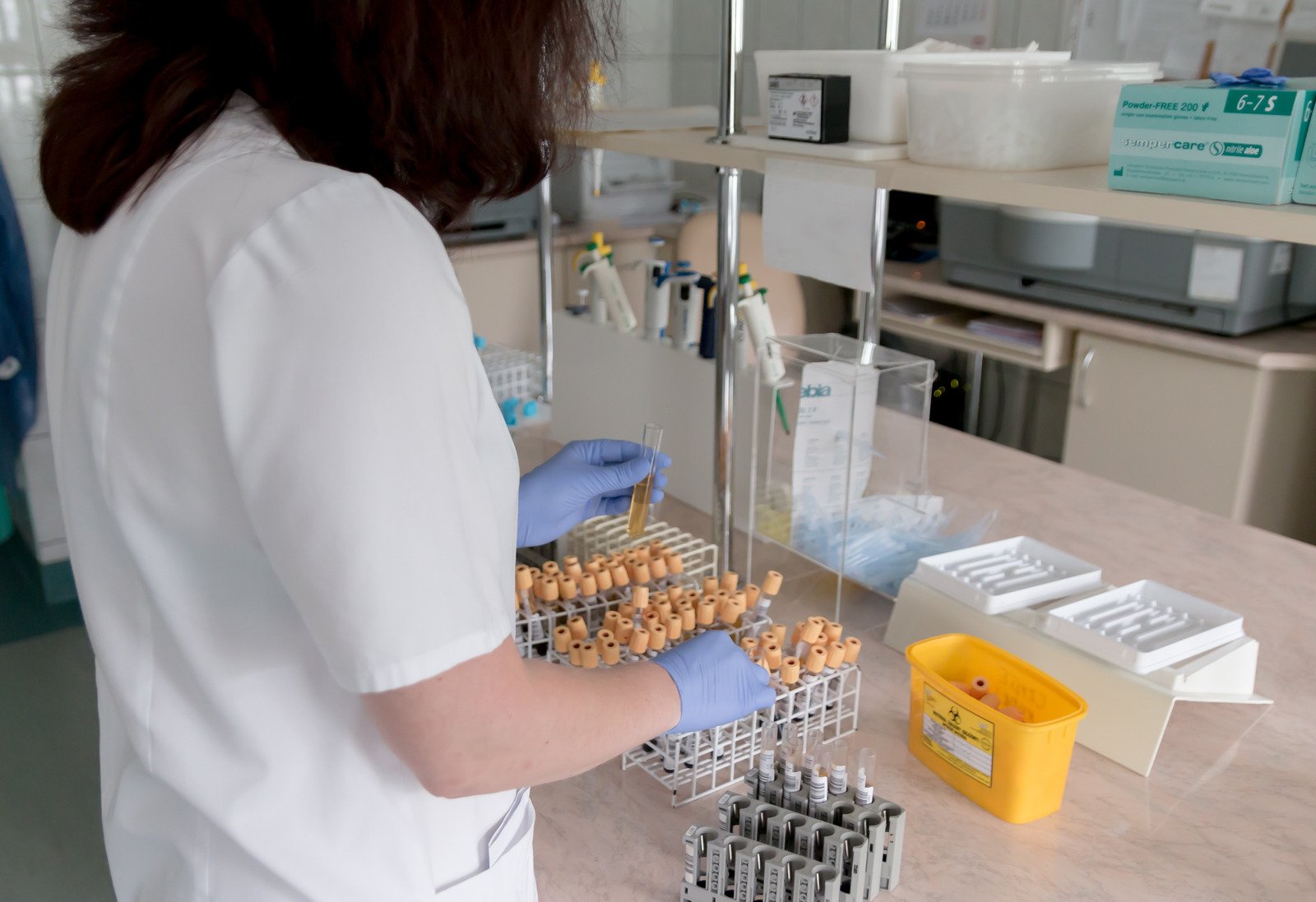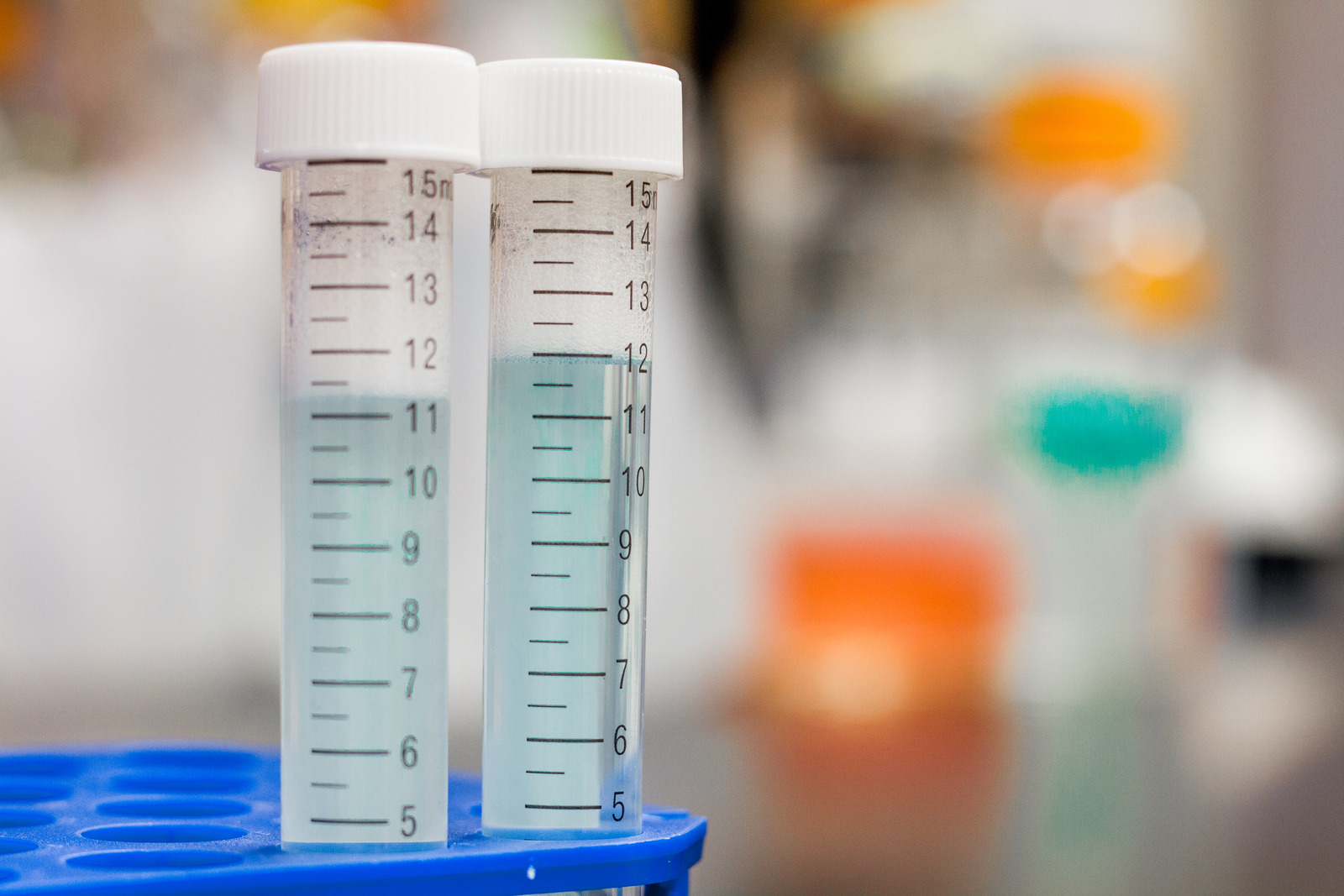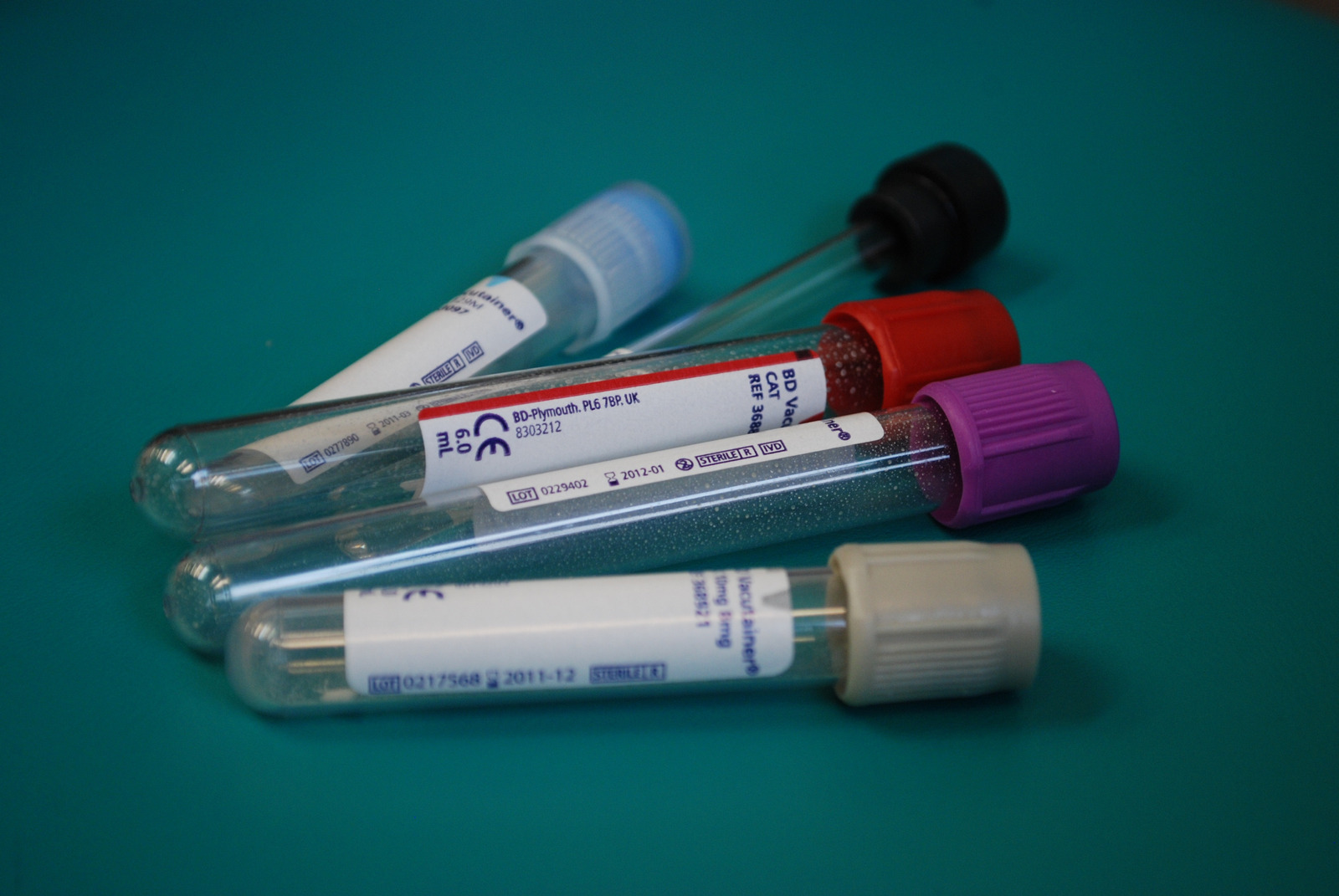TOXIC MOLD SYNDROME DIAGNOSIS
To make a toxic mold syndrome diagnosis, there is no way to actually measure mycotoxins (mold toxins) in the blood but there is a test for mold toxins in the urine which is called the urine mycotoxin test and there are blood tests that test different blood parameters that suggest mold toxicity.This blood test is offered as a panel at Life Extension called the Biotoxin Mold Illness Panel. There is also an eye exam that can indicate mold exposure called the Visual Contrast Sensitivity Test. These are the main tests to help make a toxic mold syndrome diagnosis.
In addition, there is a genetic test called HLA DR Mold genetic test which is a blood test that will determine if you have a genotype that is prone to being sensitive to mold. There is also a blood test to test for allergies to molds which is called the Allergen Profile Mold test and it will tell you if you also have an allergy to mold in addition to mold toxicity.
SUMMARY OF TOXIC MOLD SYNDROME DIAGNOSTIC TESTS
PAGE DOWN TO READ MORE ABOUT EACH TEST
MY THOUGHTS ON TOXIC MOLD SYNDROME DIAGNOSIS THROUGH TESTING
For toxic mold syndrome diagnosis, many have found it is very hard to find a doctor that is familiar with this syndrome to order the diagnostic testing.
Many times, in the past, I have just made a toxic mold syndrome diagnosis based on a patient's symptoms and demonstration of toxic mold in the patient's environment. And I still do this clinical diagnosis quite a bit, mostly due to the costliness of diagnostic testing. But, I now feel that diagnostic testing is worth the extra cost. I think the tests are accurate enough to be used with confidence.
But, testing does have other advantages as well, one being a sense of closure. Also, testing gives you confidence that this is really what you are dealing with and psychologically this can be a huge help for the patient as well as family members struggling to believe that their loved one is not crazy.
Another benefit to testing to get a toxic mold syndrome diagnosis is getting a baseline level for the testing so you can see how you are progressing with the detox.
The Biotoxin Mold Illness Panel offered by Life Extension Foundation is able to be ordered by a patient through physicians at Life Extension Foundation. This is similar to a lot of the direct labs out there that use a physician on staff at their lab to order the test. This allows patients to order their own testing if they cannot find a doctor to order these test for them.
The Biotoxin Mold Illness Panel is discounted off the retail price which is what you would be charged if your insurance did not cover it. This is great for people without insurance.
For those with insurance you might want to consider getting your doctor to order the tests, but you do run the risk of the higher cost if your insurance does not cover it.
|
BIOTOXIN MOLD ILLNESS PANEL (BLOOD TEST) |
OFFERED BY LIFE EXTENSION FOUNDATION
|
HLA DR MOLD GENETIC TESTING (BLOOD TEST)
This test is part of Toxic Mold Syndrome Diagnosis as it determines if you have the genetic predisposition to be very sensitive to mold and its toxins.

This blood test also offered by Life Extension without your doctors orders determines if you have a genetic type that has been discovered to be more sensitive to mold and biotoxins. This is a one time test that never needs to be tested again as your genetics do not change. You will need a mold doctor that knows how to interpret this test. Although it does not directly support a toxic mold syndrome diagnosis, it can show if you have the predisposition to get sick from mold toxins which would indirectly support a toxic mold syndrome diagnosis.
|
ALLERGEN PROFILE MOLD BLOOD TEST

This blood test offered by Life Extension will help determine if you have allergies to mold as well as mold toxicity. It does not check for the presence of mold in your body.
This is an inhalant panel measuring IgE levels for the following molds that are commonly inhaled from the environment and include:
Alternaria tenuis
Aspergillus fumigatus
Aureobasidium pullulans
Candida albicans
Cladosporium herbarum
Epicoccum purpurascens
Fusarium Moniliforme
Helmintosporium spp
Hormodendrum hordei
Mucor racemosus
Penicillium notatum
Phoma betae
Stemphylium solani
(REG PRICE $192.00)
YOUR DISCOUNTED COST--$108.00
URINE MYCOTOXIN TESTING
This test is one of the best ways to get a toxic mold syndrome diagnosis. I would recommend testing your urine for mycotoxins by clicking on the link below to Realtime Laboratories that offers the urine mycotoxin testing and have them send you a kit to bring to your doctors so your doctor can fill out the order form.
This test checks for 4 mycotoxins in the urine:
Tricothecenes -which most often is produced by stachybotrys
Aflatoxin - which is most often produced by penicillium/aspergillus group
Ochratoxin - most often produced by pen/asp group
Gliotoxin
More insurances are partially paying for this test including some medicare plans.
According to several sources, I have heard that urine mycotoxin levels do hold up in a court of law.
VISUAL CONTRAST SENSITIVITY TEST
Another test used for toxic mold syndrome diagnosis is the Visual Contrast Sensitivity test (VCS). This test can be done online for a minimal fee of 8 dollars per test and I highly recommend it. Follow the link below:
THE STAGES OF BIOTOXIN ILLNESS

Stage 1: The Biotoxic Effect
You are exposed to biotoxic mold and your immune system does not respond appropriately to remove the foreign invader. Why you do not respond probably has a genetic cause. Get an HLA DR DQ test to determine if you are genetically susceptible to toxic mold.
Stage 2: Cytokine Effects
Cytokines are cell signaling molecules that aid in communication during immune responses and stimulate the movement of cells toward sites of inflammation. Symptoms in this stage might include– headaches muscle aches, flu-like symptoms, fatigue, unstable temperature and difficulty concentrating. Tests included for stage two include:
Matrix Metalloproteinase-9 (MMP9)
Tumor Necrosis Factor alpha (TNFα)
Stage 3: Reduced VEGF
Reduction in VEGF may lead to fatigue, muscle cramps and shortness of breath.
Vascular Endothelial Growth Factor (VEGF)
Stage 4: Immune Effects
This stage triggers autoimmunity and activation of the complement pathway. Complement C4a is an inflammatory marker of great significance. Since these short lived products are re-manufactured rapidly, an initial rise can be seen in the blood within 12 hours of exposure to biotoxins. Levels remain elevated until effective therapy is initiated.
Complement C4a
Stage 5: Low MSH
MSH is a potent anti-inflammatory compound. Reduced MSH is at the heart of the “Biotoxic pathway” with many negative downstream effects. VIP plays a similar role to MSH in regulating inflammatory response. Symptoms may include sleep disturbances, chronic pain, leaky gut syndrome, shortness of breath during exercise, hormone abnormalities and mood swings.
Melanocyte-Stimulating hormone (MSH)
Vasoactive Intestinal Polypeptide (VIP)
Stage 6: Antibiotic Resistant Staph bacteria
People exposed to biotoxins frequently come down with staph colonization, caused by biofilm-forming microorganisms that live deep in the nose without causing nasal symptoms. This step would require a nasal culture to be performed by your doctor and is not included in the panel.
Stage 7: Pituitary hormone effects
Symptoms may include frequent thirst, susceptibility to shocks from static electricity, lower production of sex hormones loss of libido, and abnormal cortisol production. This panel looks at the following test for stage 7 effects.
Antidiuretic Hormone (ADH)
STACHYBOTRYS IGA
This test has not been found to be reliable in toxic mold syndrome diagnosis. Stachybotrys IgA is one test that was once used for determining exposure to toxic mold however there has been found to be a high false negative rate. It is easy to obtain but I myself have found that in too many cases it come back negative.
It does sometimes come back positive. I had a patient come back with a positive stachybotrys IgA level. My patient was greatly relieved to have these results as they helped her grasp that mold toxicity was the cause of her symptoms. It also helped her with her relationship, as her condition being caused by toxic mold, now had more credibility in her boyfriend's eyes.
Keep in mind that according to studies, IgA levels are not usually a reliable method of determining toxic mold exposure and they do not hold up in a court of law. So do not be disheartened if your level comes back normal even though you think you were exposed to toxic mold. It could have been another toxic mold besides stachybotrys or it could just be that you are one of the negative responders.
 |
THE ADVICE PROVIDED ON THIS WEBSITE IS INTENDED TO BE USED UNDER THE SUPERVISION OF YOUR PHYSICIAN OR HEALTH CARE PROVIDER.

FOR A FREE CONSULTATION ON MOLD REMEDIATION OR REMOVAL IN YOUR AREA (For FL, CA, NY, NJ, MD, VA, and DC) CALL
1-888-808-6405

